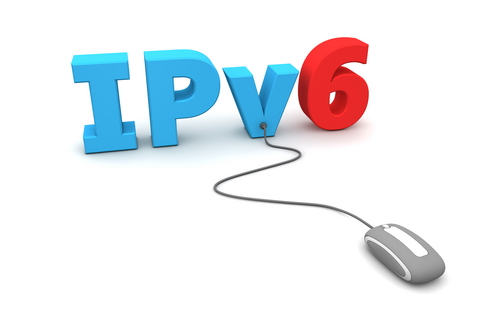The most apparent impact of the limitation of the IPv4 is that eventually service providers are unable to issue publicly accessible IP addresses for their customers. They will be no longer to expand existing customer base, unless they offer shared IP access. Theoretically, it is possible for IANA to allocate APv6 addresses right now to ISPs and other service providers. However, it is impossible to do is the appropriate routing technologies are not available. That said, a tipping point and powerful driver is needed to reach a situation where the migration to IPv6 is inevitable.
In this situation, all service providers will be demanded to connect through the completely native IPv6 standard, which is an un-translated IPv6 addressing. There will also be a significant corporate impact of this implementation. From Internet accessibility point of view, companies should begin to consider how IPv6 will affect their operations. For some time, it is possible to support both IPv4 and IPv6, especially if companies want to retain the older standards in their local area networks. Fortunately, there are some intermediate methods to smoothen the whole transition.
Larger companies and organizations may have their own IPv4 addressing blocks, so they will require special implementations to support IPv6 for external access. This allows them to manage their own internal address space, while relying on their ISP for their IPv6-based external access. It is important, because IPv6 will eventually become a de-factor standard in network and Internet connectivity. Thankfully, most modern network equipments and operating systems already provide support for IPv6 connectivity. So it won’t be long before companies start to switch to IPv6 even for internal uses. This will allows for more seamless transition to the Internet, because each device can have their unique IPv6 address.
For the time being, it is appropriate for companies to create a migration roadmap that may span up to 5 years in the future. When the final goals are achieved, it is preferable if all devices; including any network-connected devices, such as printers, scanner, fax and others also get their own IPv6 addresses. In the meantime, companies should look for mainstream vendors that develop appropriate systems and applications for their upcoming IPv6 migration. As bandwidth becomes more freely available and more devices can be connected to the Internet, it makes a perfect business sense to invest on the performance improvements provided by IPv6.
All the necessary pieces of the great IPv6 puzzle should be all present at the moment. Latest mainstream operating system offer native IPv6 support. Applications, including CRM software, FTP servers, web servers and database have also become IPv6 aware. For quite some time, network equipments have been IPv6 enabled. Unfortunately, companies may find out that they are missing the native IPv6 connectivity from local ISP. But the overall adoption may be expected to rocket when all the pieces are on the table. It is the responsibility of Internet practitioners to speed up the IPv6 adoption, due to the massive growth of Internet-connected devices.
